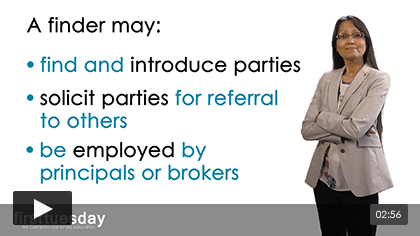California has just assigned real estate professionals a little extra homework — thanks to a new law.
On September 28, 2021, Governor Gavin Newsom signed Senate Bill (SB) 263 into law, requiring California real estate applicants and licensees to complete a two-hour implicit bias training course.
The new law takes effect January 1, 2023, and requires training to cover:
- the impact of implicit, explicit and systemic biases on consumers;
- the historical and social impacts of those biases; and
- actionable steps licensees can take to recognize and address their own biases.
Implicit bias training is to be incorporated in both pre-licensing and continuing education courses. This means that, starting in 2023, applicants and licensees can expect to see a two-hour implicit bias component included in their Real Estate Practice and 45-hour renewal courses, respectively.
Editor’s note — Want to get a head start on fair housing and implicit bias topics? Download firsttuesday’s Fair Housing continuing education e-book, which already covers many of the topics outlined in SB 263.
A diverse market is a healthy market
The bill was met with little opposition and was passed alongside a similar new law requiring anti-bias training for California appraisers — no doubt thanks to shifting attitudes on race relations in America. The murder of George Floyd by Minneapolis police in 2020 sparked massive social unrest across the country, reigniting a long-simmering conversation about housing disparities across racial lines in California as well.
Americans largely agree that systemic racism hurts their communities and businesses. This damage extends to California brokers and agents as well, since such practices ultimately hurt turnover — meaning fewer transaction fees to go around.
Yet, the real estate industry still wrestles with the enduring legacy of its racist past. Take redlining, for example: the practice of denying mortgages and under-appraising properties in communities of color. Redlining was officially outlawed in the Housing Financial Discrimination Act of 1977, but the practice continues under the radar and dictates where families of color can access credit today.
Related article:
Understanding the detriments of biases and recognizing biases are different skills. SB 263 aims to shrink the homeownership gap for people color by first empowering licensees. It’s up to agents and brokers — California’s trusted neighborhood gatekeepers — to lead the charge toward more diverse neighborhoods.
Editor’s note — Bookmark our Legislative Gossip page for regular updates on new and pending laws affecting your California real estate practice.















information Thanks.
I really need an idea about books or anything that can help to talk to new agents Real Estate and mortgage, we started to have meetings in some offices about Real estate and Mortage services. We know many but your opinion will be very much taking in consideration, book titles, on both fields Real estate and Mortgage. Thanks
Ss. Yours E Montes De Oca